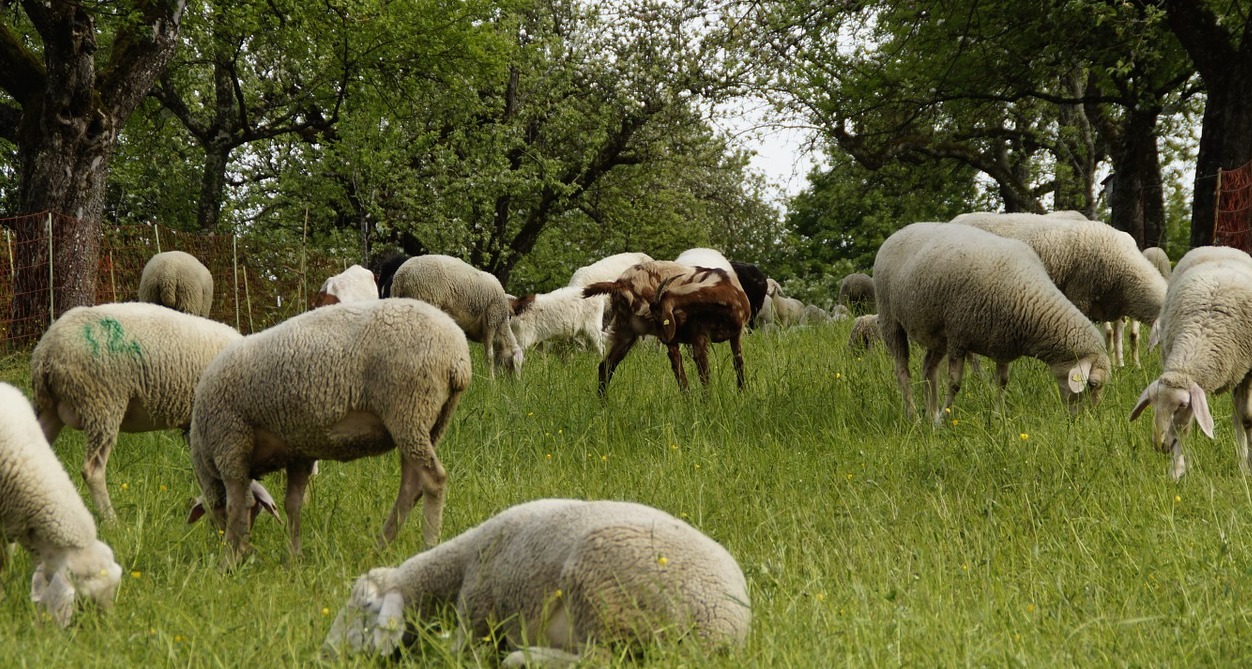Organic Plus: Biodynamic Agriculture Is on the Rise
Author: Angela K. Evans | Published: November 22, 2017
Chef and farmer Eric Skokan of Black Cat Farm Table Bistro was shoveling out the duck house several years ago when he had an idea. In order to avoid triggering his gag reflex, why not create a portable shelter for the birds to move around his fields and fertilize his crops?
“Essentially what we’re doing is encouraging the animals to poop in the most productive place,” Skokan says. “That’s ultimately what the goal is: poop location management.”
It’s this philosophy that led Skokan and the entire Black Cat operation to become a certified biodynamic grower in June and the first biodynamic farm-to-table restaurant in the country.
While not new, biodynamic agriculture is a growing field in the U.S. as more and more farmers move toward sustainable agricultural practices that go beyond organic certification standards.
“We’re talking about crop rotation and the value of manures and soil fertility; and biodiversity and how that provides habitat for predators that eat the bad insects,” says Jim Fullmer, executive director of Demeter Association, Inc., the only biodynamic certifier in the country. “The biodynamic system is just the original idea of an organic system. That is what it was supposed to be. Not a list of materials that are allowed or prohibited, [which] is what organic has become.”
According to Demeter, there are roughly 250 biodynamic farms and wineries throughout the U.S. representing more than 20,000 acres. The organization is a qualified USDA organic certifier as well, meaning all biodynamic operations are also organic certified.
At Black Cat, Skokan and his wife and business partner, Jill, grow more than 250 different vegetables and raise sheep, pigs, chickens, turkeys and geese on 130 acres spread between three different plots of land in Boulder County. At the lowest point of production in March, about 65 percent of the Bistro’s menu comes directly from the farm, Skokan says. At the height in the fall, it hovers around 95-97 percent.
On a 60-acre plot of land on Jay Road, Skokan currently has corn and farro fields, and asparagus planted in alternating rows with clover. A grouping of bee hives sits in one corner and an almost invisible wire fence separates a large sheep pasture guarded by several white dogs that almost get lost in the herd.
Skokan will move the sheep into the crop fields after lambing season in the early spring. The animals will then graze their way through the field over several months, eating the corn and farro stalks leftover after harvest, along with the clover.
“The whole time they’re mashing organic matter, plant matter, into the soil, and dropping manure and urine and that is essentially a walking, living, composting system,” he says.
Integrating livestock into the farming operation is essential in biodynamics, Fullmer says.
“When you do that you’re addressing a lot of input concerns. You’re generating fertility out of the manures, but also the pasture and the crop rotations and everything that comes out of the presence of animals,” he says. “When that starts happening, you’re building soil humus and when you do that, the farm is able to hold onto water, it’s able to hold onto crop nutrients and provide them in a living, balanced way, which leads to pest control because you have healthy resilient crops.”
Next year, Skokan and the team at Black Cat will plant beans in the fields, then the year after that, all the nightshades. At the other plots of land that make up Black Cat, he does the same thing — raising other livestock alongside crops and rotating fields between pasture and vegetable production. He produces all his own seeds on site, another aspect of the biodynamic system, and he hasn’t used fertilizer in five years, he says.
The biodynamic standard also requires the use of eight different “preparations” made from manure, herbs and minerals. While Skokan imports these, they make their own at Aspen Moon Farms — the first biodynamic farm on the Front Range — in Hygiene.
“Biodynamics is organics plus,” says Jason Griffith, who co-owns Aspen Moon with his wife, Erin Dreistadt. “We have to do all the things that a normal organic farm is going to do, and then we’re going to make our own fertility, and then we’re going to make preparations, and then we’re going to plant by the planting calendar. It’s definitely a work of passion, so to speak.”
To make the mineral sprays, the team at Aspen Moon buries cow horns filled with either cow dung (left in the ground throughout the winter and sprayed in the spring) or finely ground quartz crystals (buried in the spring to spray in the fall). The barrel compost is made by mixing cow manure, a salt rock rich in minerals and eggshells, along with the biodynamic compost preparations made from animal intestines stuffed with herbs. The mixture is then buried in a pit for 3-6 months and used to promote fertility throughout the entire operation with its “homeopathic qualities,” Griffith says.

